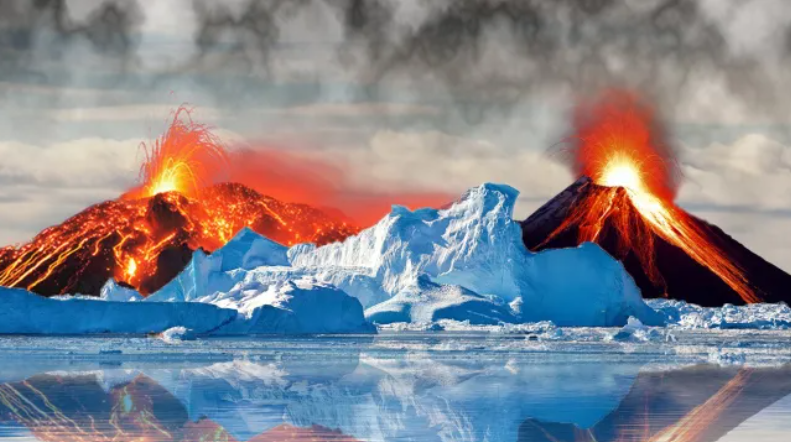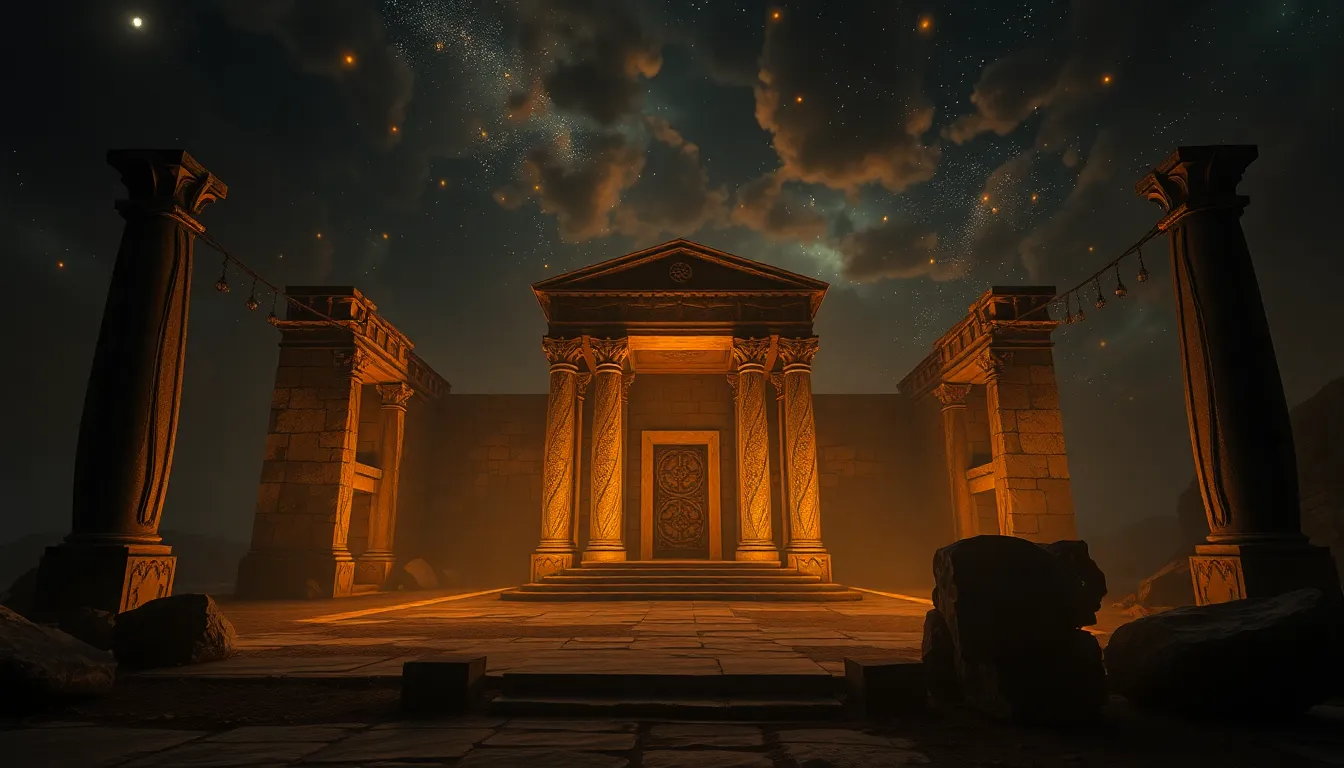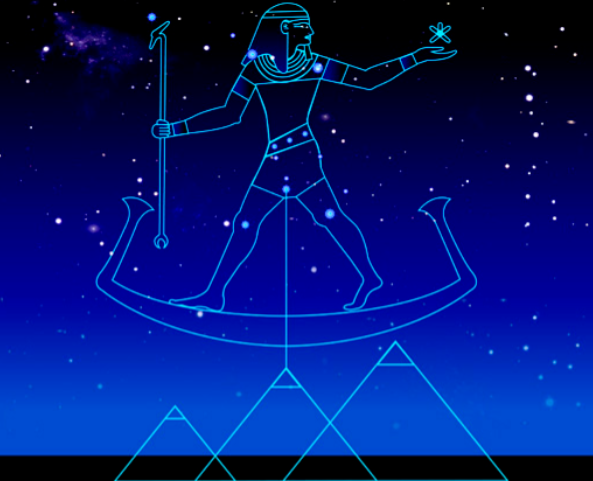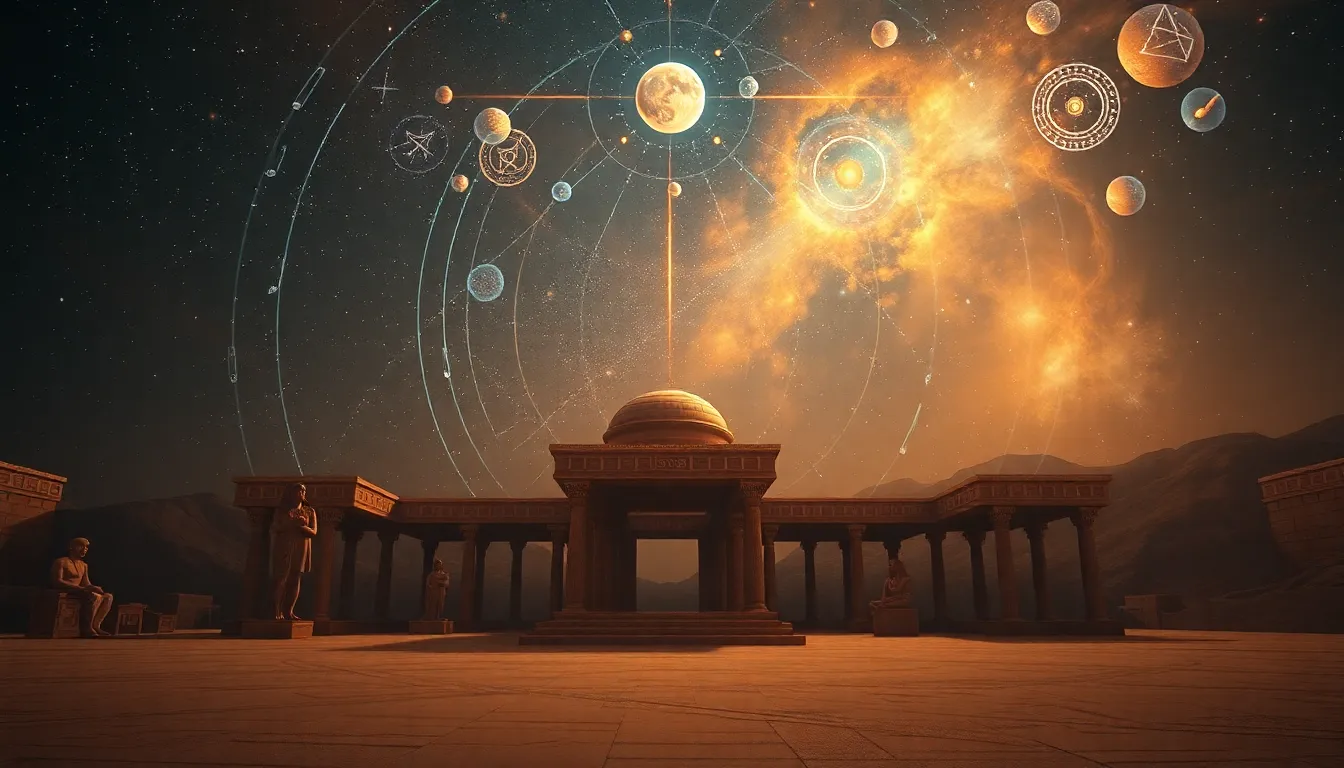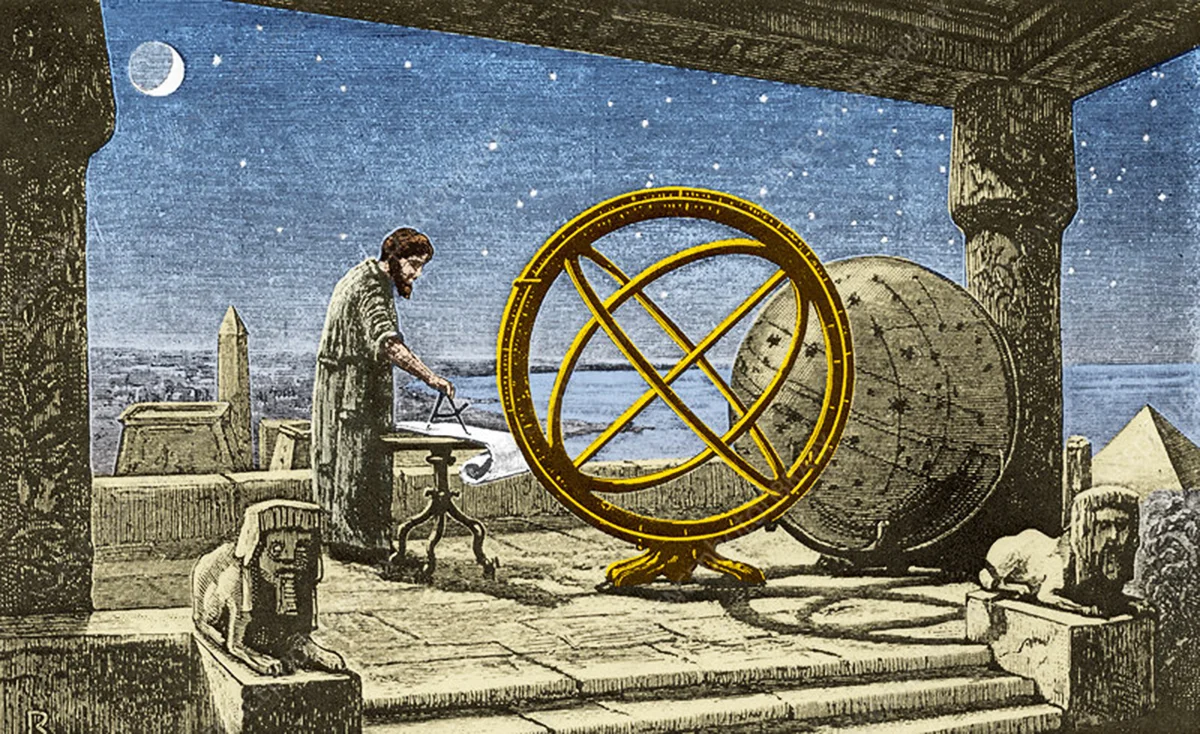Ice and Fire — Civilizations Lost Beneath the Ice Sheets and Volcanoes
Throughout human memory — and perhaps long before it — fire and ice have sculpted the fate of civilizations. Glaciers advancing and retreating, volcanoes erupting with unimaginable power, and the planet’s own cycles of renewal have erased entire chapters of history.
But could beneath these frozen plains and volcanic wastes lie traces of civilizations lost beneath ice and fire — the forgotten foundations of humanity’s ancient story?
Under the Ice: Secrets of a Frozen Continent
Antarctica, often imagined as a barren wilderness, may hold the greatest archaeological secret of all. Beneath two miles of ice lie mountain ranges, lakes, and river systems detected by radar and satellite imagery.
Lake Vostok, one of the largest subglacial lakes on Earth, has been sealed off for millions of years — yet microbial life has been found there, thriving in isolation.
Some researchers have suggested that before the continent froze, Antarctica may have been ice-free, covered in forests, possibly even habitable for humans.
The controversial Piri Reis map (1513), allegedly showing the coastline of an ice-free Antarctica, continues to puzzle historians and cartographers.
While mainstream science attributes this to chance or copied ancient charts, the question remains: how could such precise geographical knowledge exist before Antarctica was officially discovered?
Glacial Migrations and Lost Coastal Civilizations
During the last Ice Age, massive ice sheets covered much of North America, Europe, and Asia. Sea levels were over 120 meters lower than today, exposing vast coastal plains now submerged beneath the ocean.
When the ice melted rapidly around 12,000 years ago, at the onset of the Younger Dryas, catastrophic floods — possibly triggered by meteor impacts or volcanic events — reshaped the Earth’s surface.
Millions of square kilometers of land were lost, along with any settlements that may have existed along these fertile coasts.
Archaeologists now recognize that ancient coastlines — such as the Sundaland shelf in Southeast Asia or the Doggerland plains in Northern Europe — were once thriving environments where early humans lived, fished, and perhaps even built proto-cities.
Today, these areas lie hidden beneath layers of sediment and seawater, awaiting discovery.
Fire from the Sky and the Earth Below
If ice reshaped the planet, fire rewrote it.
Volcanic eruptions have repeatedly brought civilizations to their knees — from Thera (Santorini), which devastated the Minoan culture around 1600 BCE, to Mount Vesuvius and its obliteration of Pompeii and Herculaneum in 79 CE.
But these are only the recorded ones.
Long before written history, eruptions such as Toba (Indonesia, ~74,000 years ago) released ash clouds that circled the globe, plunging Earth into a volcanic winter that may have reduced the human population to mere thousands.
Such events could easily have erased any advanced prehistoric cultures, leaving only mythic echoes — flood stories, fire gods, and the recurring human memory of world-ending destruction.
Legends That Remember
Nearly every ancient culture carries myths of fire and ice, floods and renewal.
-
The Norse Ragnarok speaks of the “Fimbulwinter” — three years of darkness and cold before rebirth.
-
The Aztecs described five worlds destroyed by successive cataclysms — fire, wind, water, and earth.
-
Plato, echoing Egyptian priests, spoke of Atlantis, a civilization drowned “in a single day and night of misfortune.”
These stories, once dismissed as pure mythology, are being reconsidered as cultural memories of real geophysical events — encoded history passed through generations of survivors.
Volcanoes as Portals of Renewal
While destructive, volcanoes also bring renewal. They enrich soil, create fertile islands, and shape new landmasses.
Recent studies suggest that humans have lived near active volcanoes for tens of thousands of years — drawn by geothermal warmth, fertile ground, and spiritual awe.
At Göbekli Tepe, in modern-day Turkey, the builders of the world’s oldest known megalithic temple may have witnessed nearby volcanic activity. Some theorists suggest that its symbolic carvings — depicting cosmic chaos, animals, and fire from the sky — may record a collective trauma: a memory of a cometary or volcanic catastrophe at the end of the last Ice Age.
A Planet That Remembers — and Forgets
Taken together, the evidence of submerged coastlines, sub-glacial formations, and ancient volcanic cataclysms paints a sobering picture: humanity’s history may stretch far deeper, and its cycles of rise and collapse far older, than we have yet acknowledged.
If civilizations did exist before the ice and fire reshaped the world, how much of their knowledge was lost — or carried forward by the survivors who rebuilt under new skies?
Key Concepts
-
The Younger Dryas and Toba eruptions drastically altered global climate and human evolution.
-
Antarctica’s subglacial landscape may preserve evidence of pre-ice civilizations or unknown ecosystems.
-
Submerged coastlines worldwide hold lost settlements from lower sea-level epochs.
-
Volcanic cataclysms erased entire societies but also spurred renewal and migration.
-
Myths of fire, flood, and rebirth may encode genuine geological memories.
Additional readings
- Lost Civilizations After Ancient Cataclysms
-
Nature Geoscience – “Glacial and Sea Level Changes During the Last Ice Age”
-
National Geographic – “Antarctica’s Hidden Mountains and Lakes”
-
Scientific American – “How the Toba Supereruption Changed Humanity”
-
Graham Hancock – “Magicians of the Gods”
-
Robert Schoch – “Forgotten Civilizations: The Role of Solar Outbursts in Our Past and Future”
